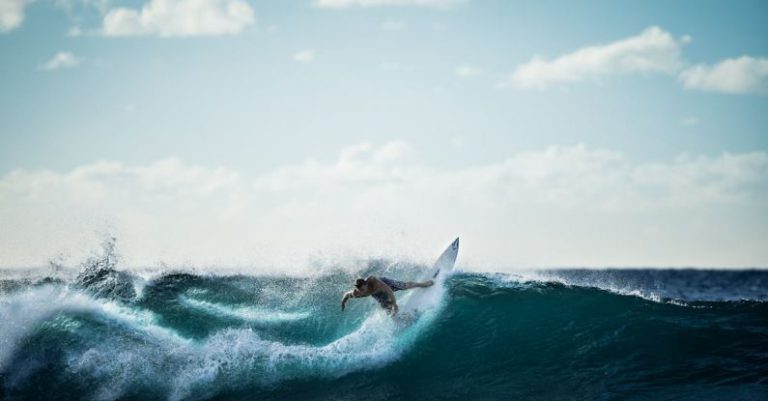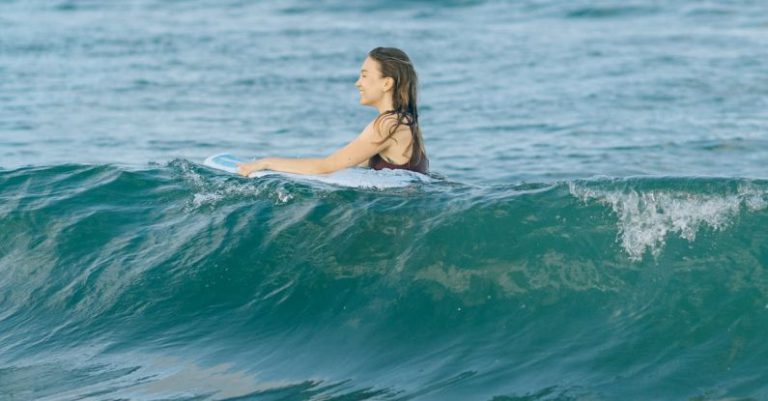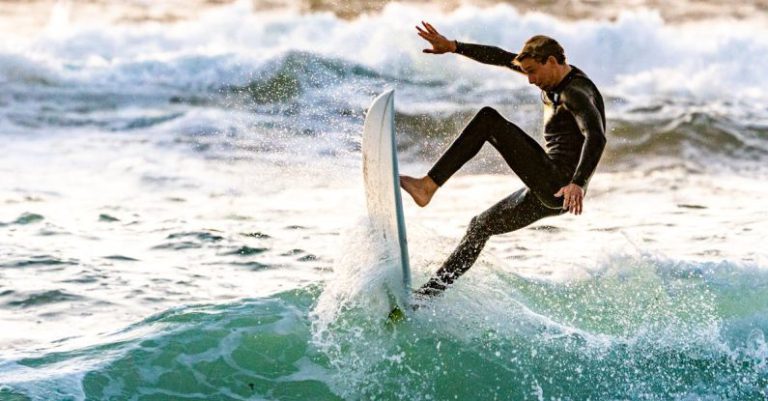
Costa Rica is a surfer’s paradise, attracting wave riders from all over the world with its stunning beaches and consistent swells. However, like any other surfing destination, it’s important to prioritize safety while catching waves in Costa Rica. Whether you’re a beginner or a seasoned surfer, following some key guidelines can help ensure a safe and enjoyable experience in the water.
Understanding the Waves and Currents
Before hitting the waves in Costa Rica, take the time to observe the conditions and understand the waves and currents at the beach you plan to surf. Each beach in Costa Rica has its own unique characteristics, and it’s crucial to be aware of any potential hazards such as rip currents, rocks, or shallow areas. By familiarizing yourself with the surf spot beforehand, you can make more informed decisions about where and when to surf, ultimately reducing the risk of accidents or injuries.
Respect the Local Surf Etiquette
Like any surfing community, Costa Rica has its own set of unwritten rules and surf etiquette that all surfers should adhere to. Respect the lineup, wait your turn, and avoid dropping in on someone else’s wave. Being mindful of other surfers in the water not only promotes a positive surfing environment but also helps prevent collisions and conflicts. Additionally, show respect to local surfers and the natural surroundings to ensure a harmonious experience for everyone in the lineup.
Wear the Right Surf Gear
Having the appropriate surf gear is essential for staying safe while surfing in Costa Rica. Invest in a high-quality surfboard that suits your skill level and the wave conditions. Additionally, wearing a leash can prevent your board from drifting away and potentially causing harm to other surfers. Wearing a well-fitted wetsuit can also provide protection from the sun, jellyfish stings, and minor scrapes or cuts from rocks or reefs. Prioritize safety by ensuring your surf gear is in good condition and appropriate for the conditions you’ll be surfing in.
Stay Hydrated and Sun Protected
Costa Rica’s tropical climate means that sun exposure and dehydration are common risks while surfing. Stay hydrated by drinking plenty of water before and after your surf session, especially on hot days. Apply a waterproof sunscreen with a high SPF to protect your skin from harmful UV rays, and consider wearing a rash guard or surf shirt for added sun protection. Taking these simple steps can help prevent sunburns, heat exhaustion, and dehydration, allowing you to surf comfortably and safely for longer periods.
Know Your Limits and Listen to Your Body
One of the most important aspects of surfing safely in Costa Rica is knowing your limits and listening to your body. If you’re a beginner, stick to beaches with milder waves and gradually progress to more challenging breaks as you gain experience. Avoid surfing in conditions that are beyond your skill level, as this can increase the risk of accidents and injuries. Pay attention to how your body feels during your surf session, and don’t push yourself if you’re feeling fatigued or unwell. Remember that it’s okay to take a break and rest if needed to ensure your safety and well-being in the water.
Respect the Environment and Wildlife
Costa Rica is known for its rich biodiversity and pristine natural landscapes, and it’s important to respect the environment while surfing in this beautiful country. Avoid littering on the beach or in the water, and dispose of trash properly to help preserve the marine ecosystem. Be mindful of wildlife such as sea turtles, dolphins, and other marine creatures that call the ocean home, and avoid disturbing or harming them while surfing. By showing respect for the environment and wildlife, you can contribute to the conservation efforts that help protect Costa Rica’s natural beauty for future generations to enjoy.
In summary, staying safe while surfing in Costa Rica involves understanding the waves and currents, respecting local surf etiquette, wearing the right surf gear, staying hydrated and sun-protected, knowing your limits, and listening to your body, as well as respecting the environment and wildlife. By following these guidelines and prioritizing safety in the water, you can make the most of your surfing experience in Costa Rica while minimizing risks and ensuring a memorable and enjoyable time in the waves.





